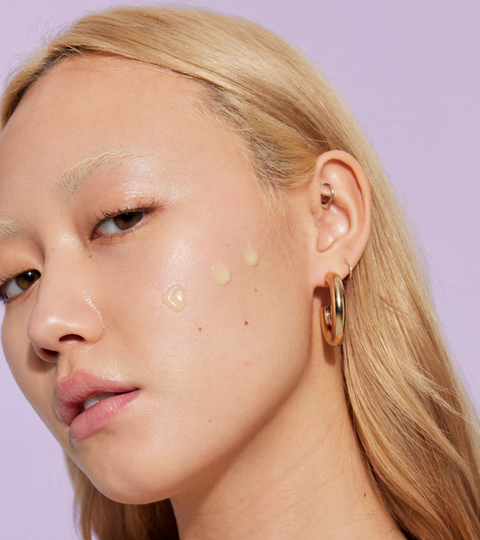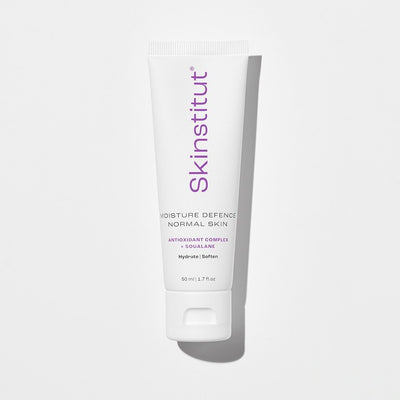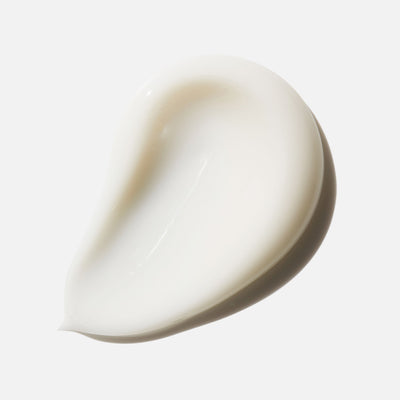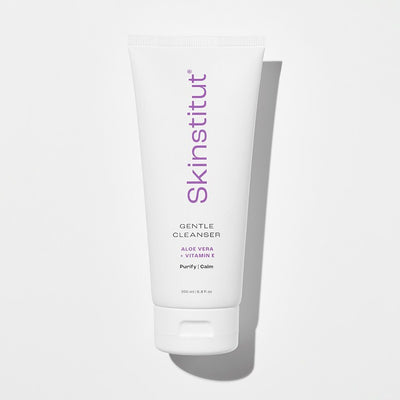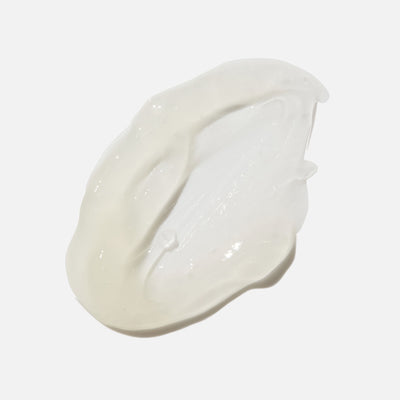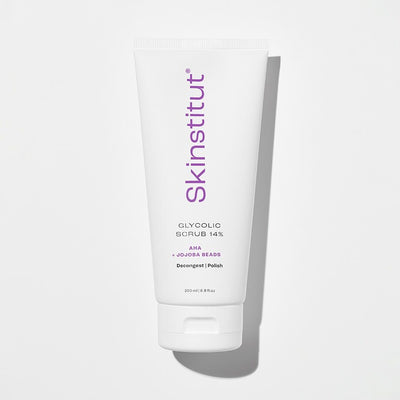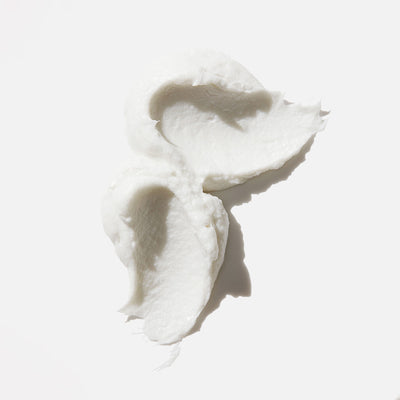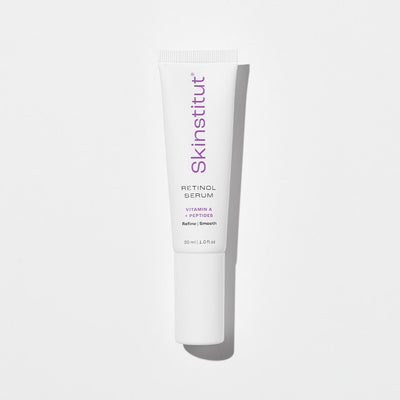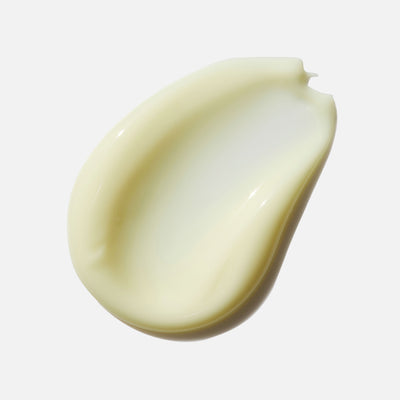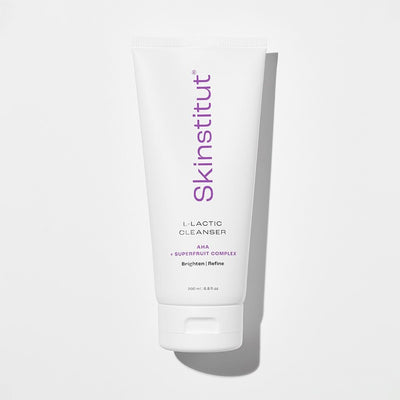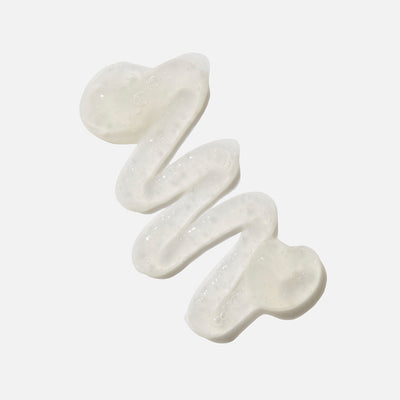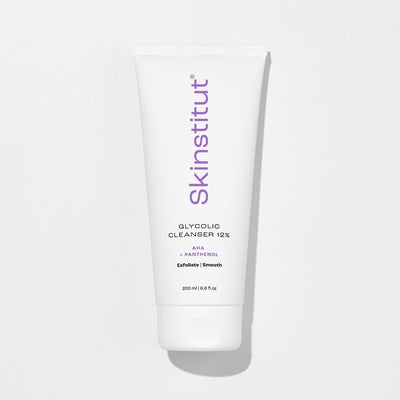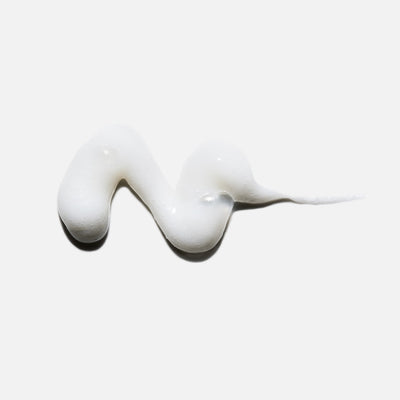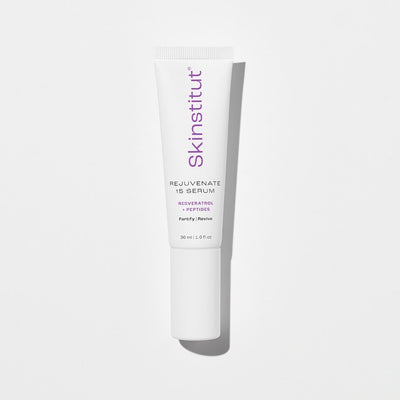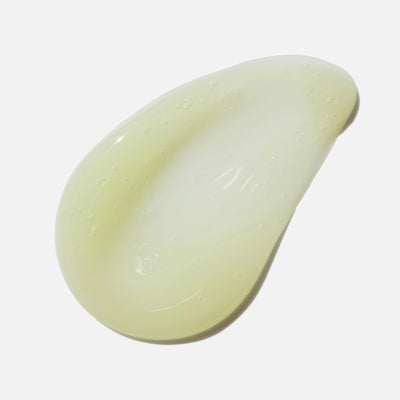We’ve all been there, waking up on the morning of a big work meeting or social event to find an angry pimple has appeared seemingly out of nowhere… as if the universe just knows.
But the reality is acne doesn’t form overnight. Instead, it develops beneath the surface – sometimes for weeks – before it appears on our skin.
And while it’s possible to treat spots as they occur, in the long term it’s much more effective to target the root issue. So, it’s essential to understand the life cycle of a pimple, from the factors that cause acne to all-important aftercare.
Keep reading for an insight into the life cycle of a pimple, and our tips for managing each stage.
What's Causing Your Pimples?
Stage One: Formation
Acne occurs when a pore becomes clogged with sebum [secretions from the sebaceous glands], dead skin cells and acne-causing bacteria. Before we’re even aware of what’s happening, this build-up blocks the pore opening, leading to bumps, swelling, redness and, in some cases, inflammation.
The reason why varies from person to person: in some people, acne can be caused by hormonal imbalances that trigger oil overproduction (hello, puberty), while others are just genetically predisposed to it. Certain lifestyle factors, like improper cleansing or an unhealthy diet, can also play a role. If you’re dealing with persistent acne that’s not responding to topical treatments, it’s worth chatting to a medical professional.
Stage Two: Breakout
Once the pore in question is clogged and angry, your skin is likely to develop an active and visible pimple, which can really ruin your day. That said, all pimples are different, so knowing what you’re dealing with is helpful when it comes to treatment.
Here’s a quick breakdown:
- Closed comedones are blocked follicles that haven’t been exposed to air. They tend to look like flesh-coloured bumps, and rarely come to a head.
- Open comedones are better known as blackheads, because they are open and exposed to the air, which causes oxidation (hence the darker colour).
- Pustules and papules are raised, red and sometimes painful. The key difference is that pustules are filled with pus and will manifest as whiteheads.
- Cysts and nodules are deeper than regular breakouts and can take weeks to heal completely. They might feel like large lumps under the skin and can cause serious scarring if you try to extract them yourself.
Stage Three: The Aftermath
Most spots should heal within a week or so, but if you pick them, post-inflammatory hyperpigmentation can occur (those red or brown post-pimple marks).
This type of scarring is tricky to erase, but with the right care, you can avoid developing it in the first place. And there are ways to fade these dark spots, too. Keep reading for our expert advice.
What Is The Best Treatment For A Pimple?
Cleansing Matters
Cleansing the skin properly is essential to remove pore-clogging dirt, sebum and bacteria. Our recommendation is to double cleanse, starting with an oil-based formula, followed up with a gel cleanser.
Try Expert Replenish Squalane Cleansing Oil
Try Gentle Cleanser
Exfoliation Is Key
Whether physical or chemical, exfoliation works to remove potentially pore-clogging cells, revealing a brighter, healthier complexion. Not only does this prevent pimples, it will soften the look of marks and scars, too.
Make Friends With Retinol
Vitamin A – specifically Retinol – is a hero ingredient in the treatment and prevention of acne at every stage of its life cycle, thanks to its regulation of cell turnover (by exfoliating the skin and increasing collagen production). This keeps the skin smooth, bright, and free from congestion.
Try Retinol Serum
Spot SOS
If a big pimple does rear its head the day before something important, fear not! Reduce some of the swelling by putting ice on the area and follow up with a two-step spot treatment consisting of Glycolic Cleanser 12% and Laser Aid. The Glycolic Acid within the cleanser will remove expired cells, while Laser Aid’s cooling gel formulation will reduce redness. By the morning, it should be much easier to conceal any lingering unevenness.
Try Laser Aid
Want more intel on how to keep your skin bright and breakout-free? Read up on the differences between breakouts and purging here, and explore our Clearing range here.


